
EAST LAKE GOLF CLUB
East Lake Golf Club is a private facility located approximately five miles east of downtown Atlanta. Established in 1904, East Lake was the home course of the legendary golfer Bobby Jones and much of its Clubhouse serves as a tribute to his accomplishments. Over the years, the golf course has hosted many golf tournaments including the 1950 U.S. Women's Amateur, 1963 Ryder Cup, and 2001 U.S. Men's Amateur. It is now the permanent home of the TOUR Championship, the culminating event of the FedExCup Playoffs. Proceeds from operations, as well as charitable donations from the club’s corporate membership, support the East Lake Foundation and its remarkable redevelopment project.
THE RESTORATION
It’s a new era for historic East Lake Golf Club.
Using previously unknown aerial photography from 1949, architect Andrew Green has finalized a complete restoration of the course, combining elements of the original vision with exciting new changes that reflect the modern game and provide a worthy test for players of every level, including the PGA TOUR’s very best during the TOUR Championship.
A crowning achievement for East Lake, this transformation will serve as a model for golf courses around the country looking to reimagine championship golf as a platform for progress.
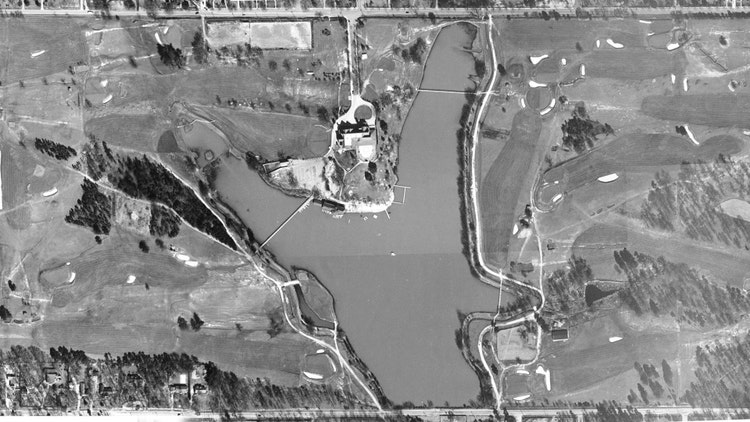
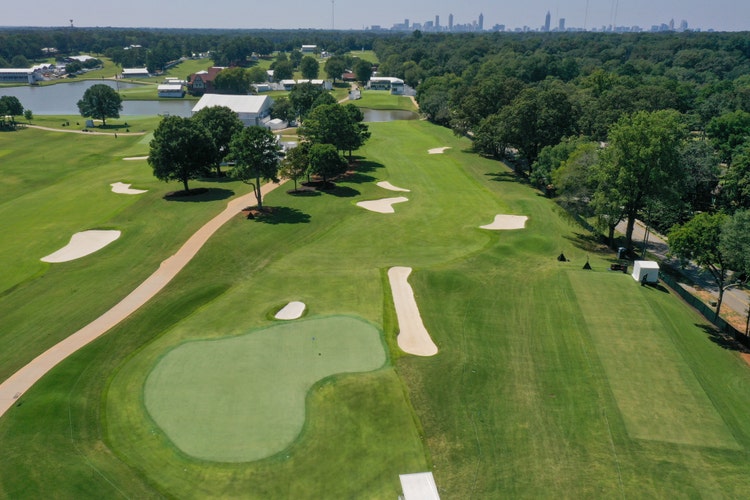
HOLE #1
PHOTO BY CHRIS CONDON
Par 4
510 yards
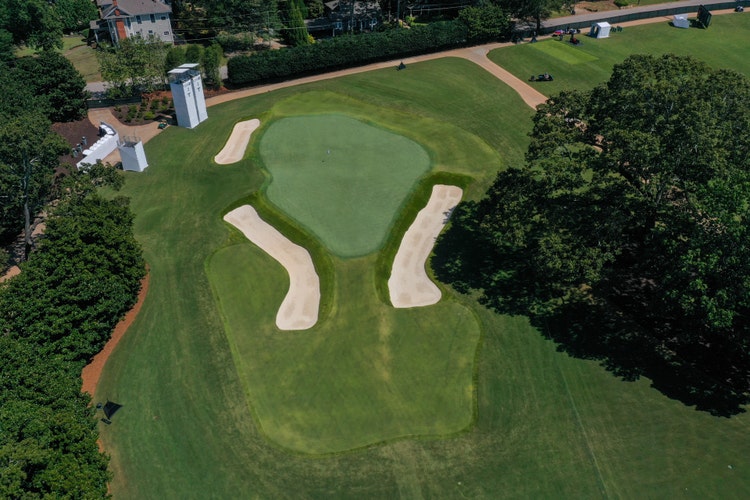
HOLE #2
PHOTO BY CHRIS CONDON
Par 3
205 yards

HOLE #3
PHOTO BY CHRIS CONDON
Par 4
415 yards
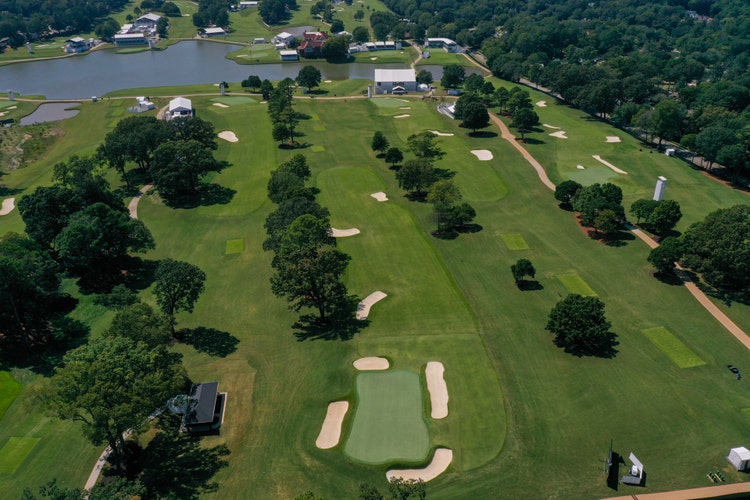
HOLE #4
PHOTO BY CHRIS CONDON
Par 4
465 yards

HOLE #5
PHOTO BY CHRIS CONDON
Par 4
450 yards
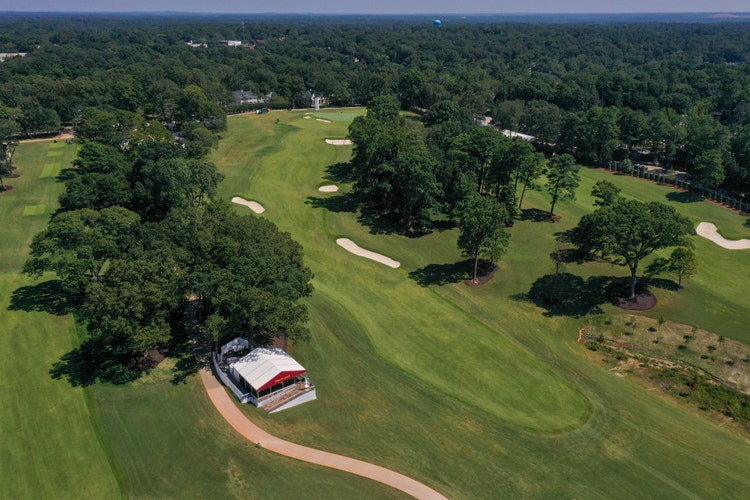
HOLE #6
PHOTO BY CHRIS CONDON
Par 5
525 yards

HOLE #7
PHOTO BY CHRIS CONDON
Par 4
495 yards
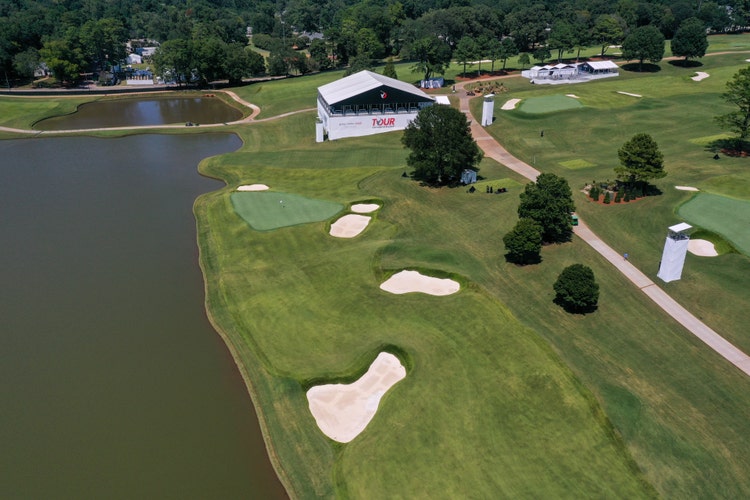
HOLE #8
PHOTO BY CHRIS CONDON
Par 4
390 yards
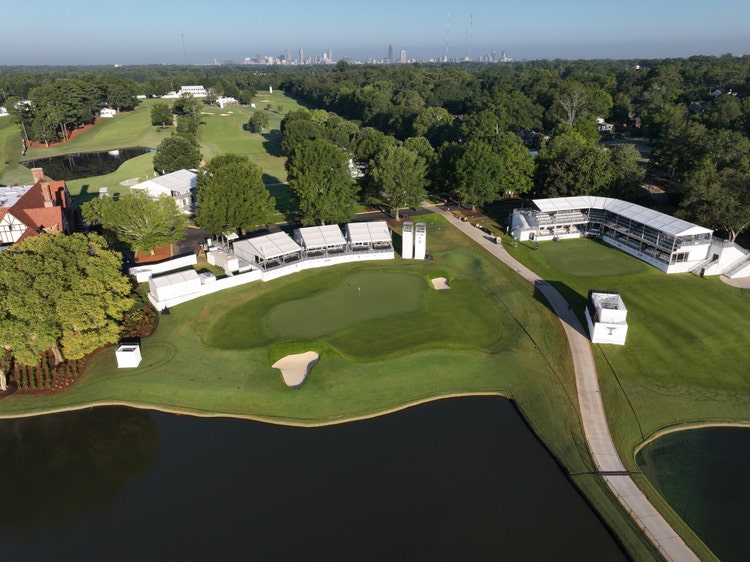
HOLE #9
PHOTO BY CHRIS CONDON
Par 3
260 yards
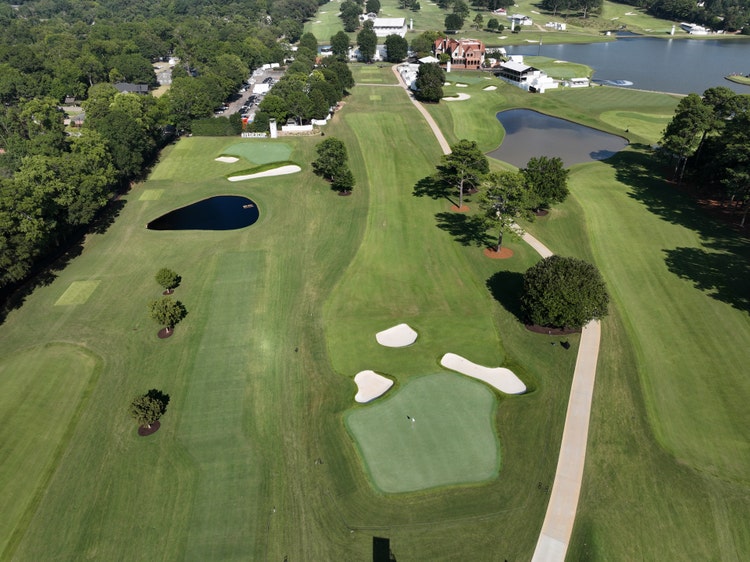
HOLE #10
PHOTO BY CHRIS CONDON
Par 4
425 yards
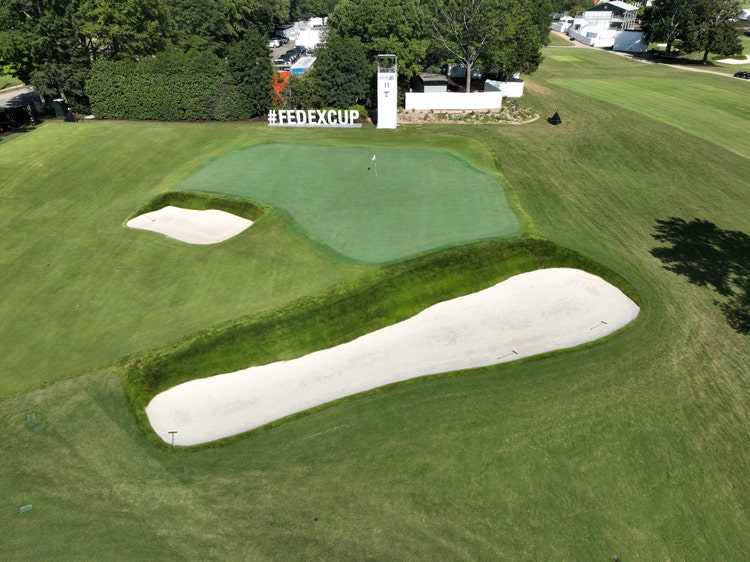
HOLE #11
PHOTO BY CHRIS CONDON
Par 3
225 yards
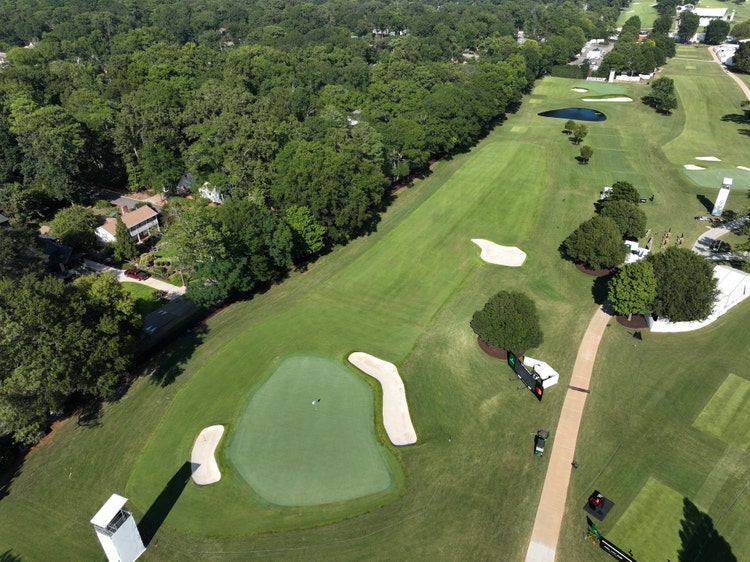
HOLE #12
PHOTO BY CHRIS CONDON
Par 4
390 yards
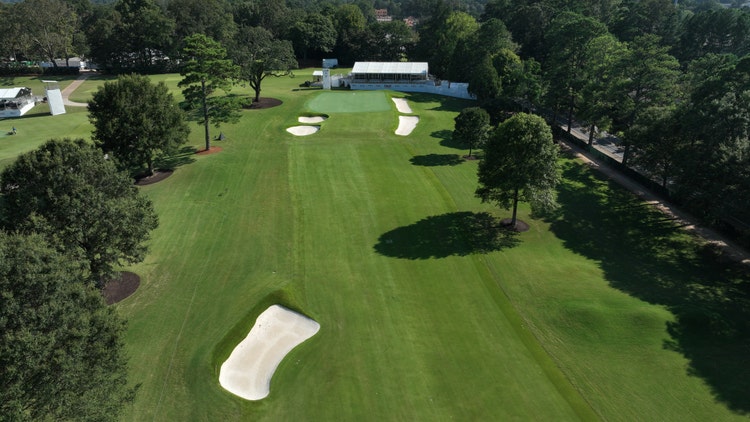
HOLE #13
PHOTO BY CHRIS CONDON
Par 4
450 yards
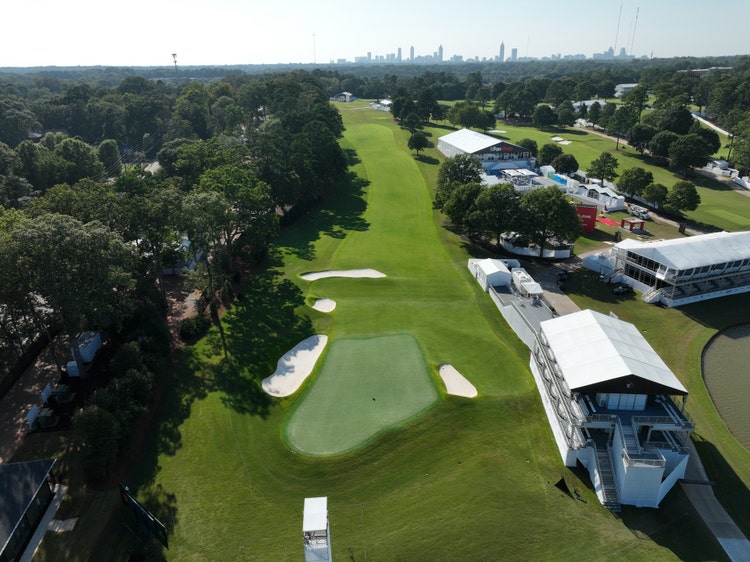
HOLE #14
PHOTO BY CHRIS CONDON
Par 5
580 yards

HOLE #15
PHOTO BY CHRIS CONDON
Par 3
215 yards
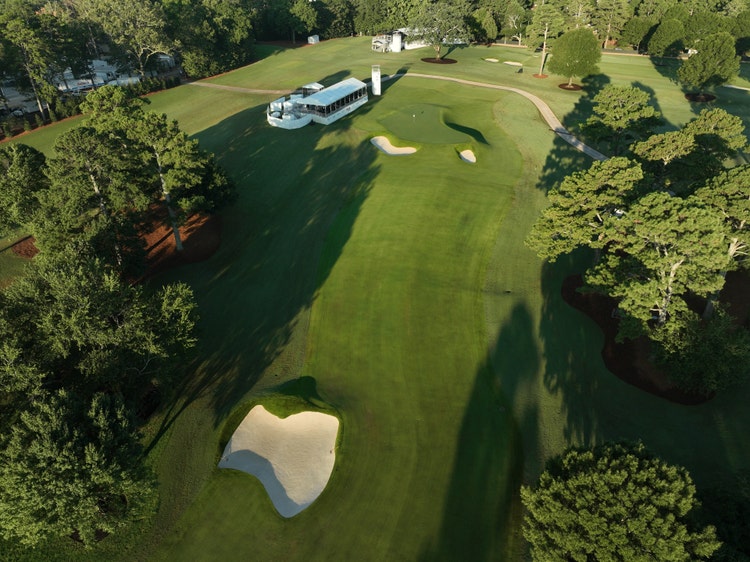
HOLE #16
PHOTO BY CHRIS CONDON
Par 4
460 yards

HOLE #17
PHOTO BY CHRIS CONDON
Par 4
445 yards

HOLE #18
PHOTO BY CHRIS CONDON
Par 4
585 yards
